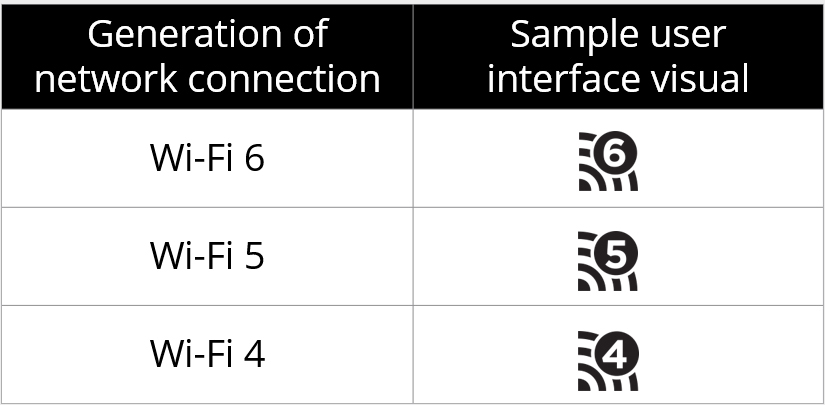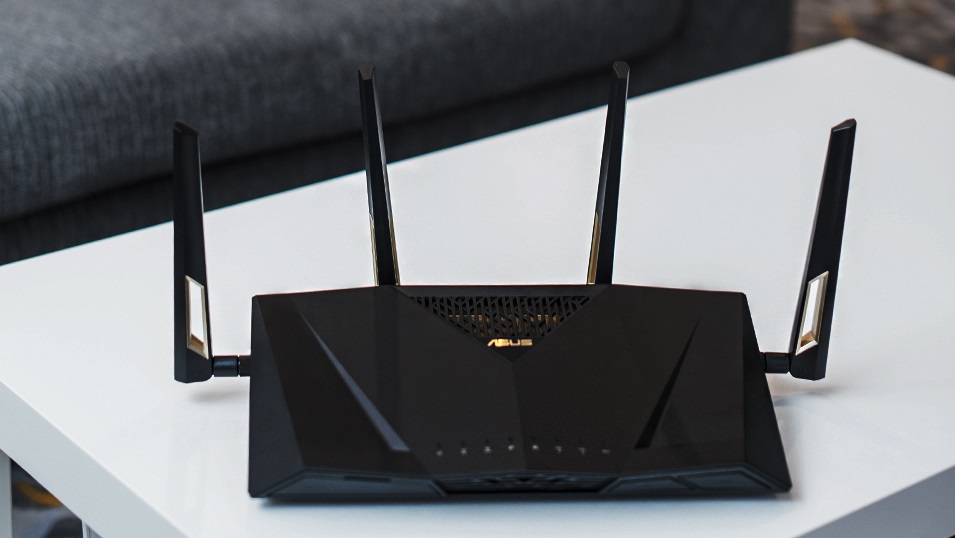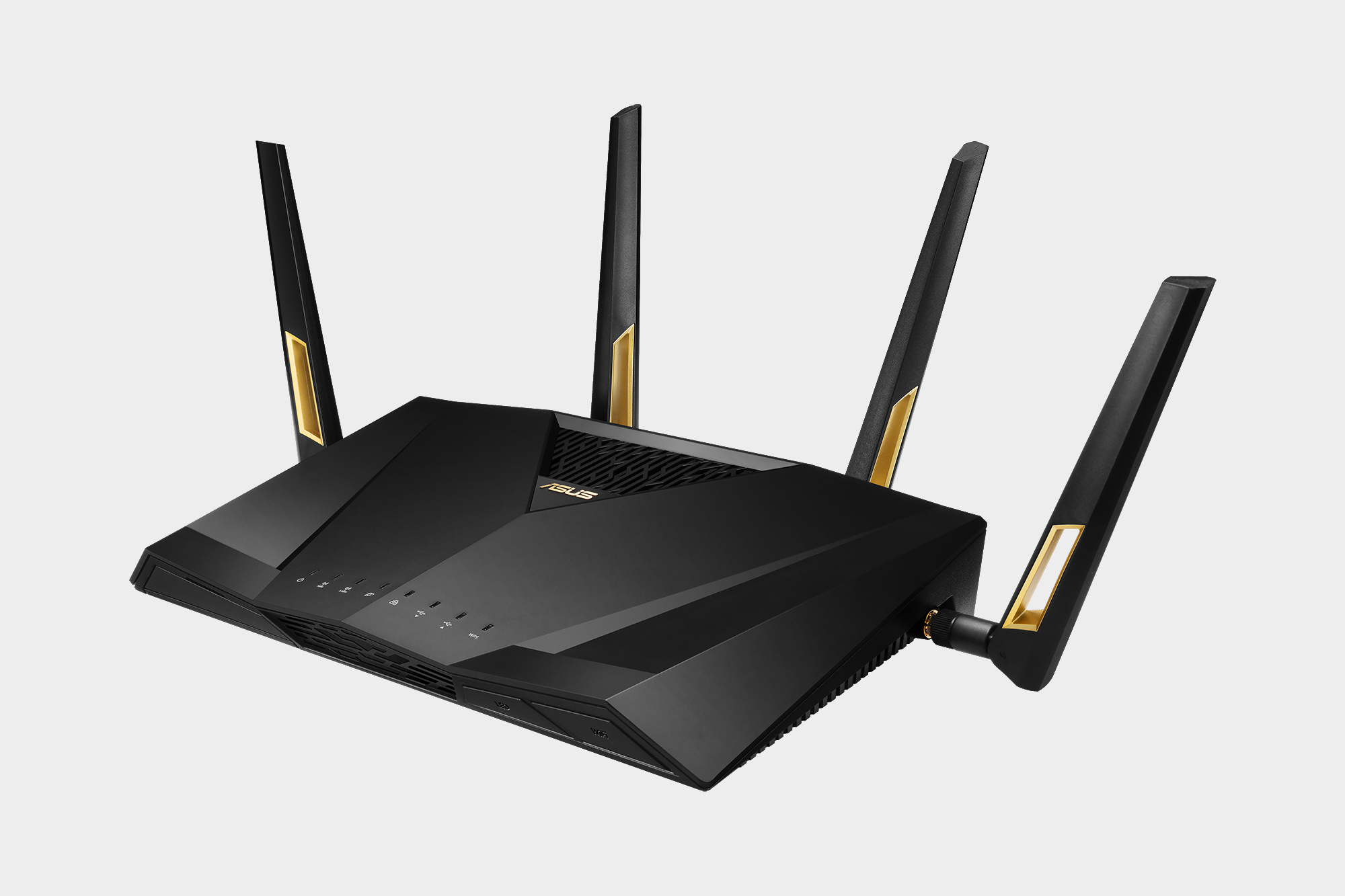Why gamers should care about Wi-Fi 6
A new Wi-Fi standard means more bandwidth and less latency, among other benefits.

While old-timers might recall their first wireless router was the original 802.11b standard, the Wi-Fi that most of us use today is of the 802.11ac variety. This current standard offers fast throughput to a larger number of devices, across both the 2.4 GHz and 5 GHz frequencies. However, it's been out for eons (O.K., more accurately since 2013), so we are more than overdue for something new and improved—enter 802.11ax, better known as Wi-Fi 6.
If all of these wireless standards are getting confusing, now there's some relief, as the folks of the Wi-Fi Alliance have renamed 802.11ac as Wi-Fi 5. While some may not know the differences between 802.11ac and 802.11ax, it's easy to tell that Wi-Fi 6 is better than Wi-Fi 5. (If you are wondering, the even older 802.11n standard can now be called WiFi 4, going all the way back to 802.11b as Wi-Fi 1.) Wi-Fi 6 continues to use both the 2.4 GHz and 5 GHz frequencies, but the new standard aims to offer additional bandwidth to users, which means a better experience playing online games.
Users with Gigabit internet connections will be able to put all that extra wireless bandwidth to good use. Wi-Fi 4 had a max data throughput of 150 Mbps per stream (up to a theoretical 600Mbps), while Wi-Fi 5 pushed this up to 3.5 Gbps. The newest kid on the wireless block is capable of 9.6 Gbps. However, this is a theoretical maximum that almost no single device will ever get, even with optimal conditions—but still, getting close would be pretty amazing.

As exciting as increases in wireless bandwidth are, the real advantage of Wi-Fi 6 comes down to how it will deal with multiple devices requesting data simultaneously—like when another family member is trying to stream Netflix in 4K, which causes your game to get super laggy. This problem is better known as network congestion. To battle this more than annoying phenomena, Wi-Fi 6 has two tricks up its sleeve: MU-MIMO and OFDMA.

To see Wi-Fi 6 in action, check out our guide to the best gaming routers.
MU-MIMO (or multiple-user, multiple input, multiple output) debuted with Wi-Fi 5 as part of the Wave 2 update. In that first implementation of MU-MIMO, the router was able to send data simultaneously downstream to up to four single stream devices, making the entire network more efficient. Prior to that, the router could only send data to a single device at a time, while everything else had to wait for its turn. Wi-Fi 6 hardware will take MU-MIMO a step higher, allowing a single router to communicate simultaneously with up to eight devices.
Another plus is that while the previous generation MU-MIMO only supported the simultaneous data streams on the download, MU-MIMO will now support both download and upload with Wi-Fi 6. This is good news for gamers, as gameplay is highly dependent on that constant flow of data back and forth between the PC and the game server.
Another advance of Wi-Fi 6 is OFDMA (orthogonal frequency-division multiple access), which is a multi-user upgrade from Wi-Fi 5's OFDM (orthogonal frequency division multiplexing). With OFDMA, the spectrum is better allocated and used, and dynamically reallocated on the fly. This is ideal for serving multiple users of varying bandwidth requirements, with the benefits of lower latency, lower overhead, lower jitter, and improvements in QoS—all pluses for PC gaming.
Keep up to date with the most important stories and the best deals, as picked by the PC Gamer team.

A final pro is that Wi-Fi 6 will support the latest wireless security standard, WPA3. It promises a much higher level of security than prior standards, as there is still some concern about the WPA2 exploit that renders older gear potentially vulnerable.
Even though Wi-Fi 6 is still brand new, some router manufacturers have already updated their products to to the new standard, the Asus RT-AX88U being one of them. However, there are currently no Wi-Fi 6 wireless adapters available as of now—no USB, PCI-E, nor built-in motherboard adapters. It’s possible they won’t become available until the second half of 2019 or later, but the Wi-Fi 5 adapters will still work with Wi-Fi 6 routers, if you feel like getting ahead of the curve and buying a new router.
In our recent testing, we found that the Asus RT-AX88U produced an impressive 300.62 Mbps of throughput on 5 GHz at close range with Wi-Fi 6. Even more notable, it produced our highest FPS to date, 38.9 FPS on our test game. Additionally, it had one of the lowest video packet loss rates of 6.04 percent. As to the performance of other routers, we expect to test the Asus ROG AX11000 soon, as well as gear from other manufacturers, so we’ll eventually have a more complete picture of Wi-Fi 6’s benefits to PC gamers.
What's seems to be clear so far is the immediate value of picking up a Wi-Fi 6 router, even without a Wi-Fi 6 adapter, as long as you are connected to a 5 GHz wireless connection. What you get with this new Wi-Fi standard is an adaptive QoS combined with the ability to communicate with twice as many wireless devices at once, an improved OFDMA that can better allocate bandwidth requirements to multiple users, and a MU-MIMO supported download and upload stream. Connecting via Ethernet has been the gold-standard for online gaming for a while now, but with all these wireless improvements, this could be a major step toward lag-free Wi-Fi gaming.

